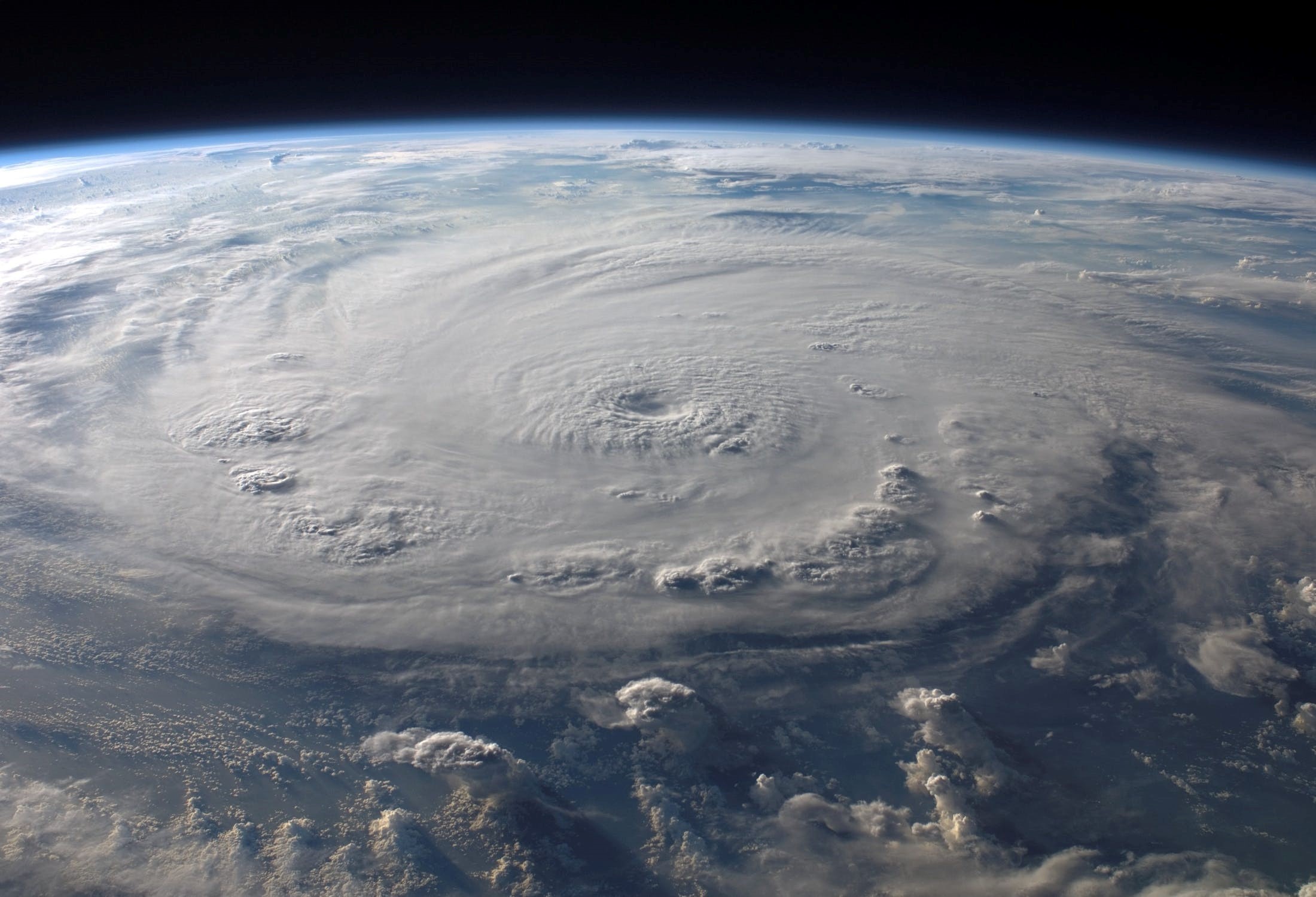Arriving on the heels of Hurricane Florence, Hurricane Michael proved again that companies are making significant commitments to relief and recovery efforts in the wake of natural disasters. Our round-up of Hurricane Florence corporate response efforts covered some innovative ways that companies are reacting to disasters. Unfortunately, we’re already revisiting the topic with a snapshot of how companies reacted to Hurricane Michael, and why it’s increasingly critical for any company to have a disaster response strategy in place.
Disaster Relief is on the rise: Last year’s natural disasters set the pace in terms of increasing companies’ contributions oriented towards Disaster Relief. This program area increased by more than 300% in terms of median cash giving in the last three years, as well as in aggregate: 208% in terms of total cash giving, according to CECP’s 2018 Giving in Numbers report.
Direct cash donations can always be put to use – and we are seeing more companies commit $1 million or more to aid organizations. Yet, a recent call coordinated by the U.S. Chamber of Commerce highlighted three critical and often-overlooked needs that certain companies can meet in addition to – or in place of – cash donations:
- Communications: With basic utilities disrupted, including internet and cell connectivity, many people cannot reach loved ones or emergency services.
- Distribution: There is a lack of functional infrastructure to get donated commodities where they are needed.
- Healthcare: Impacted communities face two acute needs: qualified medical professionals available when their own lives are upended, and equipment, supplies and space in which to treat and house patients.
There are scores of companies in these three industries, with some taking significant action — such as Verizon waiving text, call, and data fees; UPS dedicating trucks to move goods into affected areas; or UnitedHealth Group activating mobile health clinics. By tapping into their core competencies, companies can make a significant difference in the speed and quality of recovery.
Here’s how some companies acted before, during, and after Hurricane Michael:
Apple CEO Tim Cook, who grew up on the Florida Gulf Coast, announced a $1 million donation to the Red Cross. Apple also collected donations via iTunes, as it has for other disaster relief efforts.
The Coca-Cola Company created a dedicated webpage giving employees access to resources, directing consumers to donation channels, and sharing first-hand stories of associates helping others in need. The company also gave $1 million to the Red Cross and teamed with a local bottling partner and the Coca-Cola Foundation to donate 70,000+ bottles of water.
GAF* announced a $1 million commitment to help customers, partners, and communities in Northwest Florida. The support came in the form of direct relief, a $250,000 donation to Team Rubicon, and in-kind donations of roofing materials to re-roof around 200 homes.
Google CEO Sundar Pinchai announced a $1 million donation and activated an SOS alerts feature to help residents of affected areas find loved ones.
Kohl’s donated $500,000 to the Red Cross and provided in-store opportunities for customers to give. In addition, Kohl’s activated an associate relief fund to provide financial assistance to employees in need and extended a limited-time discount to Kohl’s customers affected by the hurricane.
Lowe’s committed $2 million to relief efforts and activated its Emergency Command Center to monitor weather, inventory, and distribution channels before, during, and after the storm. The team coordinated response efforts, including moving truckloads of water, supplies, and materials to affected areas.
Publix donated $250,000 via Publix Charities to the Red Cross and United Way. In addition, Publix Super Markets enabled customers and employees to give in stores by adding any amount to their grocery totals, with 100% of donations going to the cause.
Target donated $1 million to Team Rubicon, the Red Cross, Global Giving, and Habitat for Humanity to aid in cleanup and recovery. As Hurricane Michael approached, Target distributed thousands of dollars in gift cards to stores in the storm’s path to give to community members based on their needs.
UnitedHealth Group donated $500,000 to the Florida Disaster Fund, and matched donations made by employees, dollar-for-dollar. UnitedHealth Group also activated mobile clinics, emergency kit and prescription drug donations, and provided access to a free emotional support helpline.
UPS committed $1.5 million to support those impacted by Hurricane Michael and the earthquake/tsunami in Indonesia. The amount includes cash grants, in-kind transportation services, and technical logistics expertise.
Walmart pledged to match customer donations to the Walmart 2018 Hurricane Relief Fund two-to-one, up to $5 million. Customers were able to donate in-store or online.
The Walt Disney Company donated $1 million to the Florida Disaster Fund to aid relief efforts. The company will also match donations made by employees to eligible relief and recovery organizations.
For a complete list, follow the US Chamber of Commerce Foundation Corporate Citizenship Center’s Corporate Aid Tracker, which monitors corporate responses to worldwide disasters.
This sampling of companies that donated to Hurricane Michael relief and recovery efforts raises an important point for professionals managing corporate disaster response: companies must decide when and how to “show up.”
With the rate at which the U.S. is experiencing catastrophic disasters, companies need to be smart about their response policies. To maximize local impact, it is critical to shape strategy and create an actionable playbook well before disasters strike.
Companies may decide to react only in geographically-relevant areas, where they have customers or employees. They may decide to respond to situations in which their products or core competencies are particularly needed, such as a building company donating materials and labor in the wake of hurricanes and tornados. Or, they may peg their response to the scale of the disaster.
Our question to corporate leaders is: are you prepared for how you will show up when the next disaster arrives?


